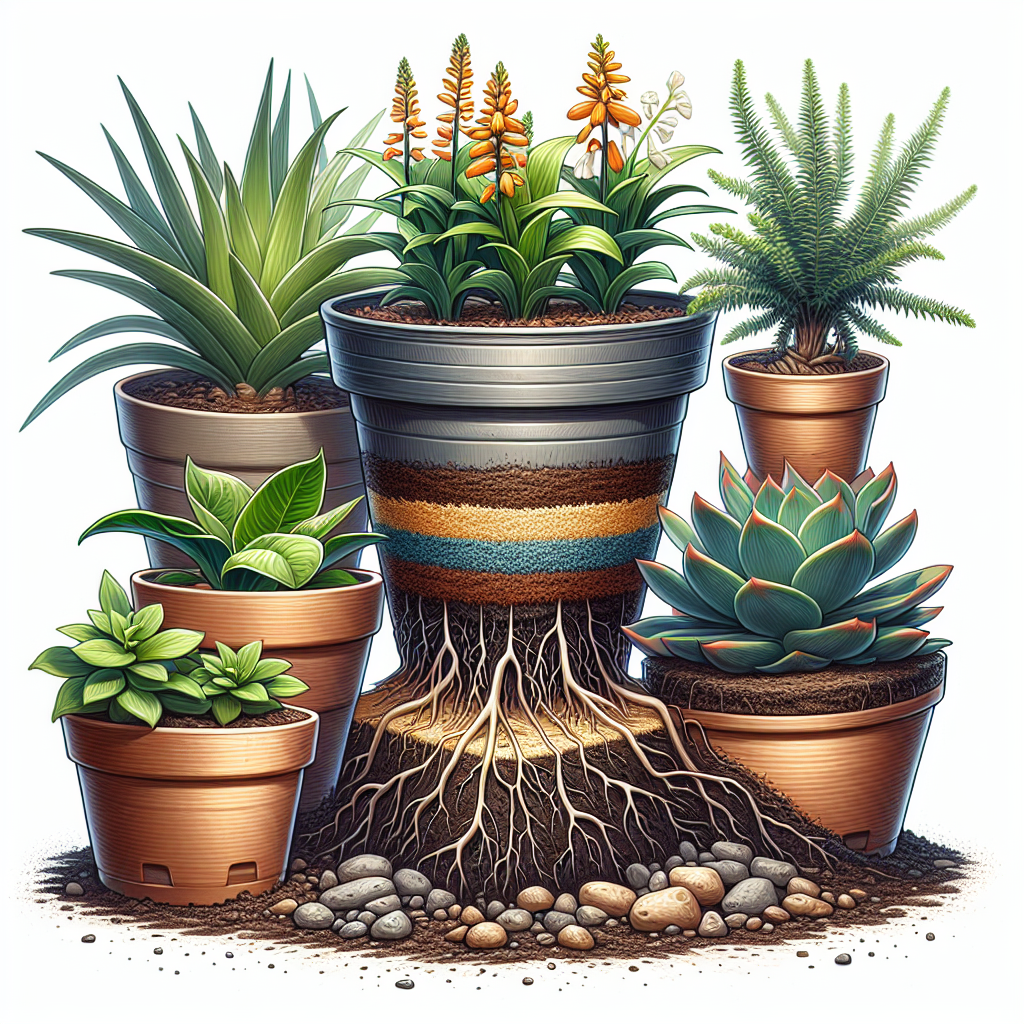Table of Contents
Container gardening is a popular way for people with limited space to enjoy the benefits of growing their own plants and vegetables. However, maintaining healthy plants in containers can be a challenge, as they often require more frequent watering than plants in the ground. This is where mulch comes in – a layer of material placed on top of the soil that can help retain moisture, regulate temperature, and even add beauty to your container garden. In this article, we will explore the role of mulch in container gardening, focusing on how it can help you achieve thriving and beautiful plants.
Using mulch in container gardening can have numerous benefits beyond just retaining moisture. Mulch can also help suppress weeds, improve soil structure, and protect plant roots from extreme temperatures. Additionally, certain types of mulch can add color and texture to your containers, enhancing the overall aesthetic appeal of your garden. Whether you are a seasoned gardener or just starting out with container gardening, incorporating mulch into your routine can make a significant difference in the health and appearance of your plants.
The Benefits of Mulch in Container Gardening
One of the primary benefits of using mulch in container gardening is its ability to retain moisture in the soil. When you water your container plants, the water evaporates quickly from the surface of the soil due to exposure to air and sunlight. By adding a layer of mulch on top of the soil, you create a barrier that helps slow down evaporation, allowing water to penetrate deeper into the root zone where it is needed most. This can reduce the frequency of watering needed for your container plants, saving you time and effort in maintaining them.
Types of Mulch for Container Gardening
There are many different types of mulch that you can use for your container garden, each with its own set of advantages and considerations. Organic mulches such as compost, shredded leaves, straw, or bark chips are popular choices as they not only help retain moisture but also break down over time to improve soil fertility. Inorganic mulches like gravel or pebbles are also options for those looking for longer-lasting materials that do not decompose.
Tips for Using Mulch Effectively
When applying mulch to your containers, make sure to leave a small gap around the base of each plant to prevent stem rot and allow for air circulation. It is recommended to apply a layer of mulch about 1-3 inches thick depending on the type of material used – thicker layers may suffocate plant roots while thinner layers may not provide enough coverage for moisture retention.
FAQs about Using Mulch in Container Gardening
Q: Can I use any type of mulch for my container garden?
A: While most types of organic mulches are suitable for container gardening, some materials like fresh grass clippings or uncomposted manure may be too rich and heat up excessively when decomposing.
Q: How often should I replace or replenish my mulch?
A: It is recommended to replenish or replace your mulch once or twice a year depending on how quickly it breaks down or loses its effectiveness at retaining moisture.
Q: Can I mix different types of mulches together?
A: Yes! Mixing different types of mulches can create a unique blend that combines the benefits of each material while adding visual interest to your containers.
Overall, incorporating mulch into your container gardening routine is an effective way to retain moisture, regulate temperature fluctuations, suppress weeds, improve soil health, protect plant roots from extreme conditions, and enhance the aesthetic appeal of your garden. By choosing the right type and applying it correctly around your plants’ base at appropriate thicknesses ensures that you max out on all these benefits leading…













